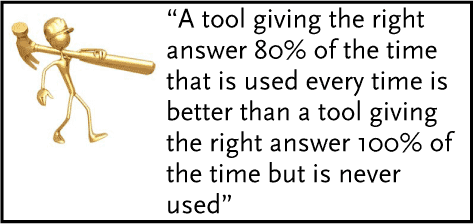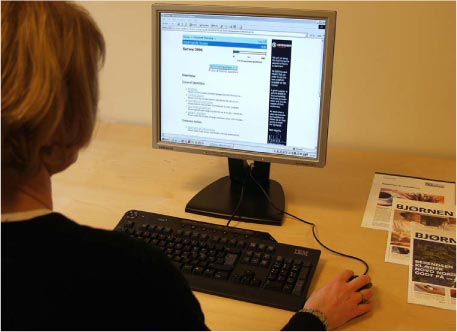|
| Front page | | Contents | | Previous | | Next |
Development of cleaner products in Berendsen's international product chains
5 The Tools Used
To support an environmental product development process, a number of tools and useful preconditions are available. However, only a few of them have been relevant for Berendsen in specific product development. This chapter will present the tools and preconditions used by Berendsen and how they could be improved for the benefit of environmental product development.
5.1 Political push
In Denmark there has been an integrated product policy for more than a decade, where for instance it has been possible to fund development projects leading to a number of improvements for a large number of Danish companies who have been involved. Bang & Olufsen, Grundfos, Rockwool and Sophus Berendsen are just some examples. Today most of the Danish companies involved in Danish IPP projects are worldwide environmental frontrunners in their fields for the environmental profile of their products.
Life cycle thinking has become an integrated part of environmental work in many Danish companies.
Now the EU Integrated Product Policy is pushing and new legislation motivates companies to work with eco-innovation.
When it comes to the specific product development processes at Berendsen, the harmonised EU Cosmetics Directive has been important. The directive ensures a higher level of transparency concerning the products, making it easier to locate the problematic ingredients and initiate new development.
Compared to this, the legislation concerning chemical products does not ensure the same transparency. Hence, the suppliers can hide some potential problematic ingredients. New and more transparent legislation could push the development of “cleaner” chemical products, and hopefully the future chemicals legislation (REACH) will help in this respect.
5.2 Integration of life cycle thinking
There are many specific tools available that can be used for product development, but most important is not to sub-optimize but to include the whole life cycle of the product.
It is important to use tools and practices that can easily be integrated into the everyday life of a company.

Life cycle thinking can be integrated in many ways, but it is always a good starting point to have an idea of the environmental impacts of your products in a life cycle perspective.
Environmental procurement guidelines, criteria for environmental labels and other similar sources are an easy way to identify relevant issues concerning your products.
For Berendsen environmental labelling criteria have often been useful to benchmark their products and services on the environmental scale. For the specific products developed within the framework of this project, the chemical list connected to the eco-labelling criteria has supplied some easily accessible and useful information. However, sometimes the criteria do not relate the requirements to the functional unit of the product – for a soap this would mean to relate the environmental burden to a hand washing. Actually this means that even though it can be documented that the environmental burden of the Berendsen Neutral Foam Soap per hand washing is much less than a typical ecolabelled liquid soap, the foam soap cannot meet the criteria that is related to environmental burden per active ingredient.
A paradox is that the score to meet the ecolabelling criteria for Berendsen could be obtained e.g. by adding more preservative to the foam soap.
Therefore, on the basis of their experience Berendsen and FORCE Technology have supplied input to the future revisions of the environmental labelling criteria and procurement guidelines concerning soap products. The optimum would, of course, be to relate the criteria to the functional unit, but obviously this is very difficult. A suggestion is not to relate the environmental burdens to the sum of “so-called” active ingredients (everything but water) but instead to the sum of “functional-unit-related”, active ingredients and furthermore to make it possible to obtain the environmental label if you are able to document in another way that your product per functional unit has much lower environmental burdens than intended in the criteria set.
5.3 Specific tools used by Berendsen
The suppliers of Berendsen are essential in relation to developing cleaner products. To prepare their suppliers to meet the expectations Berendsen has a code of conduct and an environmental policy. The code of conduct and the environmental policy include environmental requirements on a broad scope as Berendsen has many types of suppliers.
To follow up on the many suppliers, Berendsen uses personal dialogue, but with many suppliers it is not possible to have a close dialogue. Instead Berendsen has invested in an internet-based tool to evaluate suppliers – Supplier-e-valuation® from FORCE Technology. Using such a tool eases the work to continuously motivate the suppliers to improve – not only the environmental properties, but all competitive parameters, as presented in the introduction and motivation chapter of the report.

Figure 13. An internet-based tool for supplier evaluation is used to follow up on suppliers to continuously motivate them to improve and meet the expectations of Berendsen.
| Front page | | Contents | | Previous | | Next | | Top |
Version 1.0 March 2006, © Danish Environmental Protection Agency
|